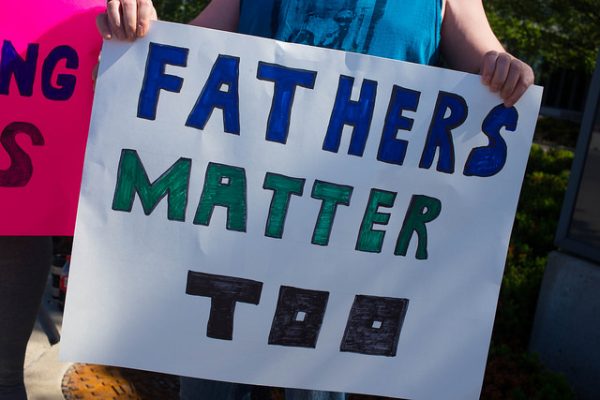
Counter-culture movements like punk have gone global, but that doesn’t mean they look the same across the world. Bands like the Ramones long defined the U.S. punk scene, while recent scholarly work documented the emergence of Muslim punk rock. In new research, Paula Guerra investigates the distinct, local elements of of the punk movement in Portugal by examining the DIY (do-it-yourself) elements of Portuguese punk, which emphasize small-scale or handmade production of fashion and merchandise. These elements show how the rise of Portuguese punk included both participation in an interconnected “world culture” after years of isolation, as well as a youth counterculture resistance to the growth of capitalism.
In Portugal, the punk movement caught steam in the 1970s during a democratic shift that followed decades of fascism. Guerra conducted interviews with individuals who participated in this punk movement, speaking with over 200 fans, musicians, and producers or distributors of music, art, and clothing. Guerra then assessed what punk meant to the participants. Most commonly, they saw punk as resistance. Others desired to move past resistance into the reconstruction of society entirely. In this sense, DIY serves as a physical example of their desire to create a new, more authentic world. The production of punk products, like homemade belts or band merchandise, physically represents their counter-culture, anti-capitalist message.
Guerra’s findings about Portuguese punk provide deeper insight into a post-revolutionary context while challenging assumptions about counterculture. Local manufacturing of punk merchandise helped industry grow after decades of fascist isolationist policy, while also serving as a way to resist capitalism as economic systems shifted. In other words, Guerra captures how movements are simultaneously global and local — though they might appear to be primarily global at first — emphasizing the need for comparative understandings to expose unique, localized elements of resistance.









